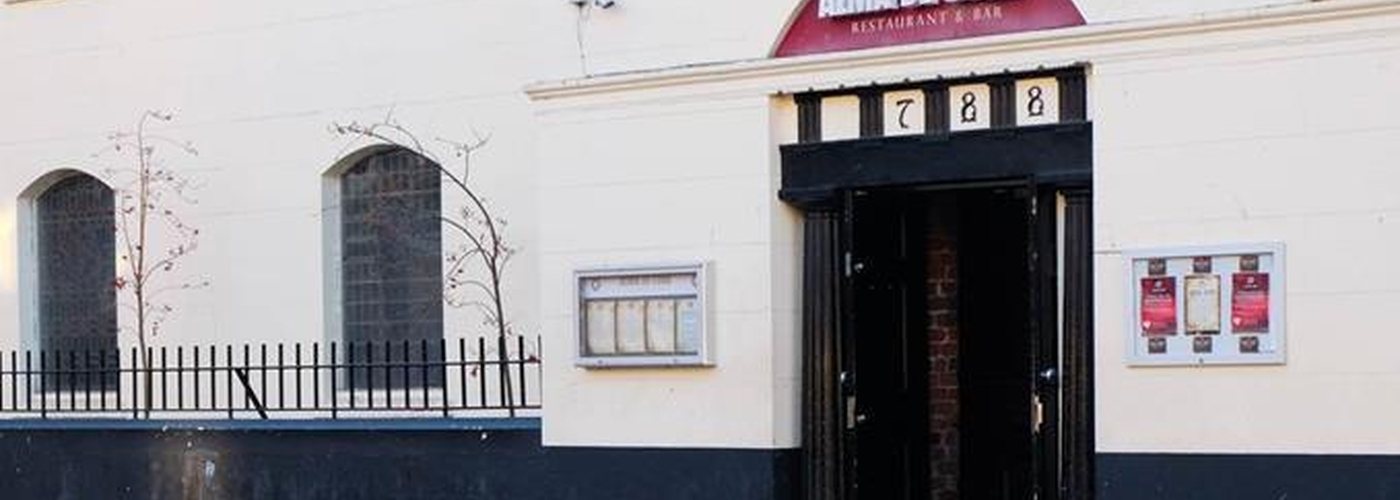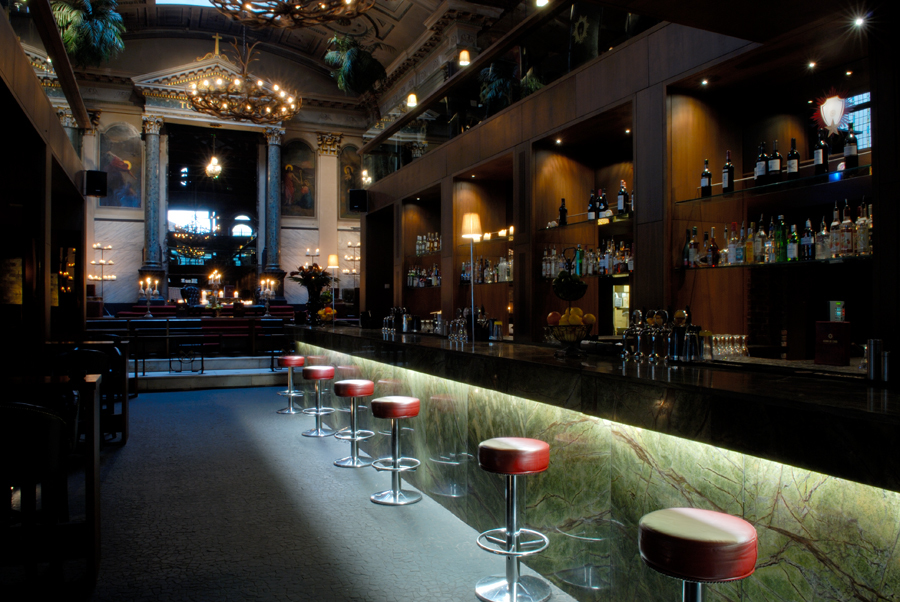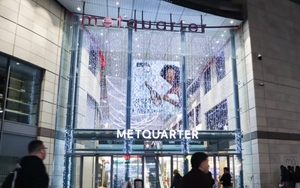Brand will be rolled out across the UK
ALMA DE Cuba, the former church that was dramatically reborn to become one of the UK's most unique nightspots, has been bought by Signature Living.
The £3.1million deal will see Lawrence Kenwright add the Grade II listed landmark, on Seel Street, to his company’s expanding portfolio. There are also plans for a new Alma De Cuba hotel next door.
Signature has also bought the brand name and says it plans to roll the Alma De Cuba concept out in cities across the UK.
Whether this means taking actual disused churches and giving them the Latin American carnival theme, with which Alma is synonymous, remains to be seen.
Alma became a symbol of Liverpool's 21st century ambitions when the derelict St Peter's church, built in 1788, was transformed by R2 Architecture under Tom Bloxham's visionary Urban Splash. It opened in 2005 as a bar/restaurant, the first church in Liverpool to undergo such a rebirth, with entrepreneur Rob Gutmann at the helm. With the downturn in the fortunes of his Korova Group, it was sold to Rob Preston's Pax Leisure in 2009.
Kenwright, Signature Living's founder, described the acquisition of the landmark as a landmark moment for the company.
“Alma De Cuba is an incredibly strong brand so we are thrilled to be announcing our acquisition as well as our plans for a new hotel," he said. "We are a growing company with great ambitions, and the Alma De Cuba brand is now very much part of that.”
Signature Living Managing Director Kris Mochrie, added: “This is an exciting time for the company and a brilliant start to 2017. We’re looking forward to developing the Alma De Cuba brand and revealing plans for the hotel in the coming weeks.”
Signature owns several apart-hotels across Liverpool and hotels in the former White Star HQ (30 James Street) and the former Liverpool City Council offices at Millennium House (The Shankly Hotel) in Victoria Street. In recent times it has also acquired West Africa House, on Water Street, which currently of Oh Me! Oh My! on the ground floor as well as Silkhouse Court on Tithebarn Street.
Until its closure in 1978, St. Peter’s was the oldest surviving Catholic church in Liverpool. It opened on September 7, 1788 and served as a Catholic church for 188 years until 1976, after which it served the local Polish community for a short time. For this reason it is still today affectionately referred to as ‘the Polish Church’.
From Catholic church to cocktails and dancing
Until its closure in 1978, St Peter’s was the oldest surviving Catholic church in Liverpool. It opened on September 7, 1788 and served as a Catholic church for 188 years until 1976, after which it served the local Polish community for a short time. For this reason it is still today affectionately referred to as ‘the Polish Church’.
After a period of disuse, the building was taken over by Urban Splash and is now the internationally acclaimed ultra stylish restaurant and bar, Alma de Cuba.
1788 7th September – St Peter’s Church opened
1788 28th September – First baptisms performed
1817 – One of the earliest catholic elementary schools in the country was opened at the
1818 – The Chapel was considerably enlarged
1903 – Six stained- glass windows were installed at a cost of £330
1904 – The Baptistery and West end were renovated for £150
1908 – The Lady Chapel was renovated for £100
1920 – Electric Light was installed for the first time and the Church was redecorated in. Funds for this refurbishment were raised by sources including a Grand Bazaar held 14th-16th October 1920
1976 – The church was transferred to the Polish Community and for a short time was known as “Our Lady of Czestochowa”
1978 – the parish was closed
Late 90s – Mother Theresa attended mass at St Peter’s Church.
















